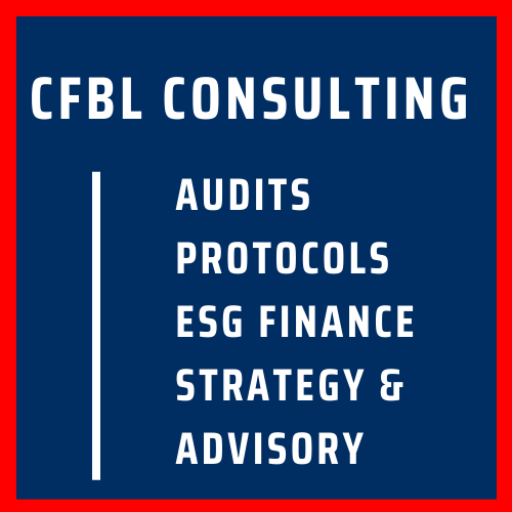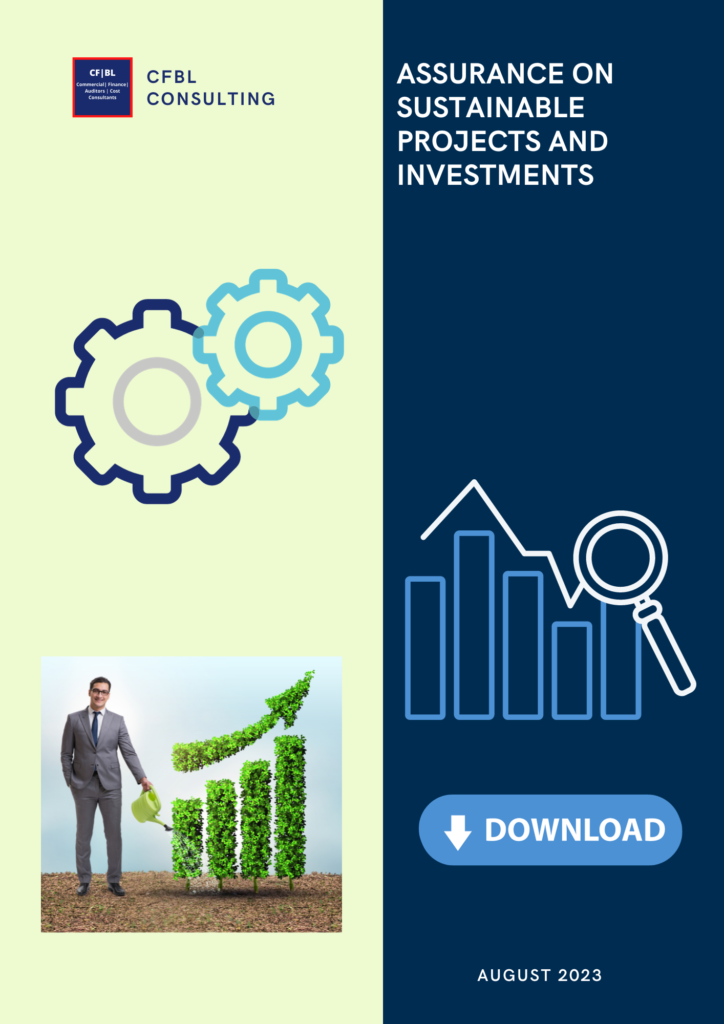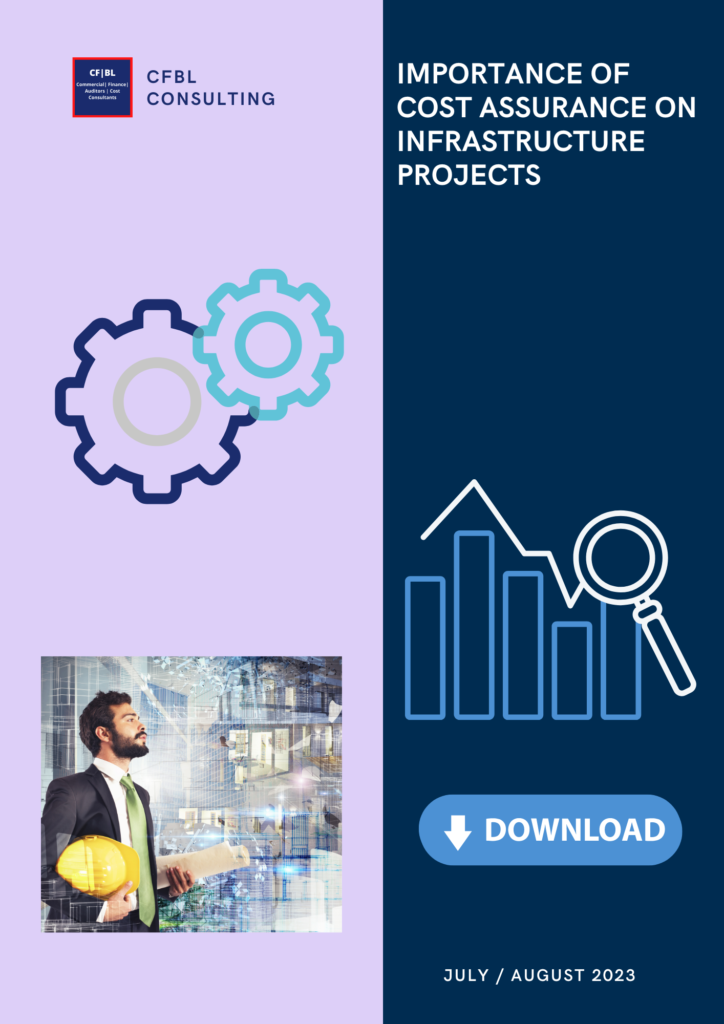Project Costs
During the life cycle of a project, as the project goes through design, build, testing and commissioning phases, the need for detailed costing intensifies for both client, consultant, contractor organisations, and there arises the need for more robust protocols and records for:
- cost reporting
- cost control
- cost recovery
- cost optimisation
- cost assurance
To ensure that risks are shared equitably amongst the parties to a contract, a key aspect of cost contracts is the issue of shared risk and rewards. On these contracts costs are reimbursed over the project and contract lifecycle based on actual cost, so the records, and accounts to demonstrate these are essential. This is because the contractor is paid based on the actual cost of the project i.e., defined cost based on the intended terms of the contract form. In practice not all costs incurred are recoverable and there are multiple reasons for these. One example is costs incurred due to the contractor’s own fault or inefficiency. This often results in disputes and counterclaims described as disallowed costs.
Reasons for Disallowed Costs

The NEC3 Engineering and Construction Contract (ECC) is the main construction contract with options A-F. The NEC has been used on some of the highest-profile projects in the world, including the London 2012 Olympics. Options (C, D, E and F) are cost-based and describe the costs that can be recovered by the contractor as ‘defined cost’, while costs that cannot be recovered are described as ‘disallowed costs’. These disallowed costs do not have to be paid by the employer or client, therefore the risk is borne by the contractor. As a result, this is a common area of dispute. On construction projects, not all costs incurred will be recoverable, particularly those that are contractually disallowed, unsupported by adequate financial and accounting records or incurred due to the contractors own fault. In these cases, independent cost assurance audits early on, are critical to equitably verify that costs reported, claimed, and reimbursed are contractually accurate. A summary of the key reasons for disallowed costs include:
- Contractually disallowed costs
- Incorrect cost system mapping
- Inaccurate recovery assumptions
- Costs unsupported by records
- Costs due to contractors own fault
Like many project costs, infrastructure project costs are particularly unpredictable due to the complexity of scope and unplanned risks that frequently occur on them. These can result in significant cost overruns, delays to the project or overall programme completion, and legal disputes over the ownership of risks and additional costs that are incurred. Emerging risks like Brexit, Covid19 and Carbon (Climate-related risks are worsening the situation). To mitigate these there has been an increase in the occurrence of alliancing contracts that require open-book principles and cost audits to mitigate risks and ensure that risks and rewards are shared as equitably as possible. These are not without challenges of their own and require clear protocols from day one, due to the complexities involved with multiple or tri partied contractual arrangements.
Protocols and Controls

Disallowed costs can be avoided at the early stages of a project by maintaining a robust control environment with internal and external checks and balances in place for people, processes, and systems. These include time recording for people, records for work completed on-site, processes for plant, materials and subcontractors used and appointed on the project. Cost assurance protocols protect the interest stakeholders involved. This is important for key stakeholders who include:
- Funders
- Clients
- Contractors
- Subcontractors
- Consultants
- Investors
- Tax payers
It is not uncommon that one party decides that certain costs are unjustified by the contract, while another believes that they are due the payment based on their interpretation of the contract. The disagreement may relate to the accounts, level of detail and records available as audit trails to substantiate costs. Furthermore, the parties may disagree based on views with regards to the accuracy of the information, resulting in a delay in providing approved design drawings for example and authorisation to build or construct. The parties need facilitated mutual understanding of contractual terms and agreement on the level of detail to justify costs presented within payment applications early on to prevent disallowed costs, lost revenue and profits surprises later. This is vital for engineering and construction companies to maximise value for tax payers, to remain profitable, for projects to remain financially viable for investors to want to continue investing in infrastructure assets.
Cost overruns

Cost overruns, or budget overspends occur due to unexpected costs above budgeted amounts these may be as a result of the underestimation of actual cost or the over-optimism over cost estimates or cost recovery during the planning, budgeting, and estimating phases. Cost overruns are common on most projects, particularly on infrastructure, construction, and technology projects. Like most projects, infrastructure projects are particularly unpredictable due to the complex scope and the crystallising of unplanned risks largely in the physical environment. This can result in significant cost overruns, delays and to a large extent legal disputes. Key risks are:
- Unplanned risks
- Cost overruns
- Project delays
- Legal disputes
- Loss of profit
Impact of Disallowed Cost

A key component of cost contracts is addressing disallowed costs that often result in claims and disputes. It is important to address the issues early on and that they are resolved without adversarial relationships between the contracted parties that could further negatively impact project delivery and increase cost overruns. Common issues include:
- Disallowed costs
- Cost overruns
- Claims
- Disputes
- Adversarial relationships
- Programme delays
On a construction project, not all costs incurred on a project will be recoverable but it is important to minimise these for projects to remain profitable and many contracts include an allocated sum or fee percentage for expected disallowed costs. In these cases, independent cost audits are required to equitably verify that costs reported, claimed, and reimbursed are contractually accurate.
Top reasons for disallowed costs include:
- Contractually disallowed costs
- Unplanned risks
- Incorrect cost system mapping
- Inaccurate budget recovery assumptions
- Overruns due to inaccurate budgets
- Disagreement between the contractors
- Legal disputes overpricing
- Defects after project completion
- Loss of profit from increased prices
- Unexpected expenses
- Wastage of resources
- Costs unsupported by records
- Costs due to contractors own fault
- Incorrect sums paid on account
Key tips for avoiding disallowed cost as a contractor:
- Monitor the project cash flow
- Maintain a daily register of site records
- Complete and accurate records of staff chargeable hours
- Staff payroll cost and rate build-up is per the contract
- Approved resources and contract prices are used
- Ensuring that project resources are aware of the project terms
- Early warning of project risk and proactive approach to mitigation
- Maintaining approval of resources used on the project
- Asset management plan and register
- Cost Efficiency and sustainable value in procurement
- Efficient plan to minimise waste and rework

According to the latest figures from the Department for Business, Energy and Industrial Strategy, the cost of construction materials rose by 20% in the year – July 2020 to July 2021. The rise in the price of materials is being considered as a “perfect storm for construction” and as an economic crisis. As per the Guardian, the surge in price recorded in the construction industry is at the fastest pace ever in the past 24 years and the cost of bricks, steel, timber keeps soaring. Reports of a shortage of construction material were recorded as apparently due to late deliveries by suppliers in April 2021 and the supply chain crisis due to Covid19. Furthermore, the imbalanced supply and demand have led to an increase in both purchasing prices and rates charged by subcontractors. This combined effect of Brexit and disruption caused by the pandemic continues to impact the supply chain on a global scale. These remain emerging cost risks that we are yet to see the full impact of.
Cost Assurance Strategy

A cost assurance strategy ensures alignment between the parties from project inception. And minimises disallowed cost risks. This involves establishing protocols to independently safeguard project objectives and to ensure that multidisciplinary teams across organisations do not unfairly attempt to transfer risks to other parties and are aware of their obligations in achieving shared goals and taking ownership of shared risks and rewards. Cost assurance involves the examination of the people, commercial and financial processes systems and controls governing projects to maximise value and minimise risks from disallowances or unrecoverable costs early on projects. On infrastructure and construction projects there is a need to communicate a cost assurance strategy and pre-agreed protocols for cost based, target cost and alliancing contracts to provide clarity and confidence as to how contractual objectives will be met at the agreed price, this is vital to safeguard sustainable value and the interest of funders, clients, contractors and tax payers.
How CFBL can help you?
It is a core value for CFBL Consulting to ensure that businesses and projects remain profitable, viable and sustainable for the long term. Through our cost assurance and pre-audit services, we safeguard your business from risks that we know from decades of experience and past lessons learnt will arise later in most projects, helping to minimise revenue and profitability risks for your business. We help identify key risks on construction projects early on, highlighting how project risks can be minimised through strategy and protocols to identify and manage risks early. Through our cost assurance, pre-audit diagnostics and independent audit services, we identify risks early on projects, minimising revenue risks for your business. CFBLs independent cost assurance and audit services equitably validate the accuracy between intended contract costs, agreed changes signed by the parties and actual costs reimbursed over the project lifecycle.
References
- https://www.statista.com/chart/25699/uk-construction-material-price-index-monthly/
- https://www.theguardian.com/business/2021/jun/04/building-material-costs-soar-strong-construction-brexit-pandemic
Our Services
- Cost Assurance and Cost system Audits
- Capex Cost Controls, Protocols, and Training
- Strategic Business Planning
- Cost Consulting and Advisory
- Finance director and business partner
- ESG, Carbon Cost, Payroll, HR Audit and Training
- Commercial and Financial Controls




